Policymakers are being urged by manufacturers to back hydrogen fuel-cell electric vehicles as well as battery-powered cars vans and trucks to drive zero-emission transport.
They say Government needs to take a “multi-pathway approach” to cutting carbon to give people choice and help address the many use cases, where hydrogen fuel-cells could play a role.
Speaking at a BMW event examining hydrogen’s role in UK transport, David Wong, head of technology and innovation at UK automotive trade body, the Society of Motor Manufacturers and Traders (SMMT), argued that the country risks “putting all its eggs in one basket” with its current approach.
“Hydrogen fuel-cell vehicles are not the enemy to battery electric vehicles and battery electric vehicles are not the enemy to hydrogen fuel-cell vehicles,” he said. “The common enemy is carbon.”
He wants a similar policy approach to that taken in Europe, where the European Commission has mandated there should be at least one Hydrogen filling station every 120 miles on all major routes, and in all towns with a population of 100,000 or more, by 2030.
There are around half a dozen publicly accessible hydrogen refuelling stations in the UK, while Germany has the most stations in Europe, followed by France and the Netherlands.
Government is backing a number of hydrogen initiatives, particularly at the heavier end of the fleet market.
Policymakers are being urged by manufacturers to back hydrogen fuel-cell electric vehicles as well as battery-powered cars vans and trucks to drive zero-emission transport.
They say Government needs to take a “multi-pathway approach” to cutting carbon to give people choice and help address the many use cases, where hydrogen fuel-cells could play a role.
Speaking at a BMW event examining hydrogen’s role in UK transport, David Wong, head of technology and innovation at UK automotive trade body, the Society of Motor Manufacturers and Traders (SMMT), argued that the country risks “putting all its eggs in one basket” with its current approach.
“Hydrogen fuel-cell vehicles are not the enemy to battery electric vehicles and battery electric vehicles are not the enemy to hydrogen fuel-cell vehicles,” he said. “The common enemy is carbon.”
He wants a similar policy approach to that taken in Europe, where the European Commission has mandated there should be at least one Hydrogen filling station every 120 miles on all major routes, and in all towns with a population of 100,000 or more, by 2030.
There are around half a dozen publicly accessible hydrogen refuelling stations in the UK, while Germany has the most stations in Europe, followed by France and the Netherlands.
Government is backing a number of hydrogen initiatives, particularly at the heavier end of the fleet market.
The HyHaul initiative, for example, will see a minimum of 30 hydrogen fuel cell heavy goods vehicles (HGVs) operating along theM4 corridor, supported by four public filling stations, by 2026.
BMW may not launch hydrogen cars in UK
Dr Jürgen Guldner, general project manager for hydrogen technology and vehicle projects at BMW Group, says “it would not make sense” to launch a hydrogen vehicle in the UK right now.
With the German manufacturer promising to bring its first fuel-cell vehicles to market in 2028, Guldner says it has not decided where it will bring them to market.
“It depends on the infrastructure,” he explained. “We sincerely hope that the infrastructure will develop further, because right now, here in the UK, it’s not in a condition where it would make sense to launch a vehicle.”
However, he is hoping the infrastructure will develop over the next few years that will allow its hydrogen line-up to be sold in the UK.
Like Wong, he argues that a hydrogen vehicle offers the “best of both worlds”, with all the benefits of electric driving, while it can be refuelled like a combustion engine car.
With the demand for the raw materials to make EV batteries becoming even greater, he also believes that having a second technology and not putting all our “eggs in one basket” provides “resilience” to the energy system.
BMW first announced plans to introduce hydrogen powertrains to its model line-up in 2028, as part of a plan to offer multiple zero-emission options, last year.
The hydrogen fuel cell powertrain technology will be integrated into existing BMW models, complementing the existing electric, plug-in hybrid and internal combustion options.
The manufacturer is jointly developing the new powertrain with Toyota, following more than a decade of collaboration on hydrogen systems.
It made the decision to produce a hydrogen-powered model after a successful pilot involving a fleet of BMW iX5 Hydrogen cars, with four of the fuel cell electric vehicles (FCEVs) put through their paces in the UK as part of an international trial.
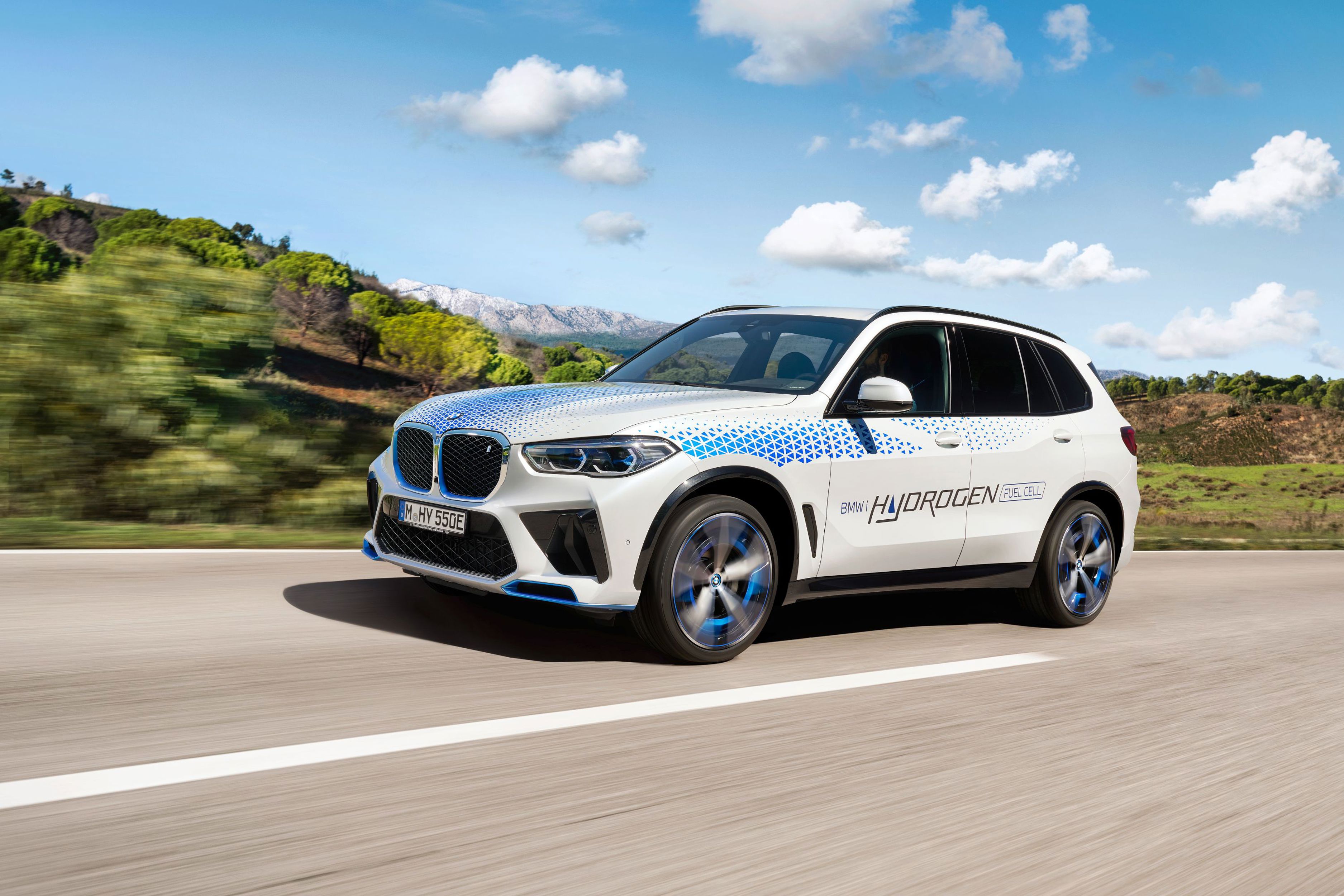
The BMW iX5 Hydrogen was first unveiled as a concept at the IAA show in 2019. Initial prototypes were then made available at the IAA Mobility 2021 for visitors to experience in action as shuttle vehicles.
The hydrogen needed to supply the fuel cell is stored in two 700-bar tanks made of carbon-fibre reinforced plastic (CFRP).
Together these hold almost six kilogrammes of hydrogen, enough to give the BMW iX5 Hydrogen a range of 504 km (313 miles) in the WLTP cycle, while filling up tanks only three to four minutes.
It remains to be seen what hydrogen models from BMW will be available come 2028, but the manufacturer’s decision to offer a hydrogen alternative to its battery electric vehicles is based on a desire to give its customers a different zero-emission choice, which may better suit their needs.
Guldner explained: “If you have your own solar on your roof, electric charging in your garage, and don’t drive much, then a battery electric car is great.
“We have many great battery electric models in our model line-up and they’re very popular among those who can use them. But we’re also thinking ahead.
“We’re thinking about those people who can’t or don’t want to use battery electric cars, because maybe they don’t have electric charging at home.
“Maybe they are on the road a lot and don’t want to depend on charging stops, even if we can get them down to maybe 20 minutes at some point.”
He added: “We have issues like trailering (towing), and obviously cold weather conditions where a battery car basically has to be warmed up by using the energy in the battery. Whereas in a fuel cell car, you don’t lose any range.”
Toyota trials show fleet interest in hydrogen pick-up
Toyota started testing a fleet of hydrogen-fuelled Hilux pick-ups, as part of its multi-path strategy towards carbon neutrality, last year.
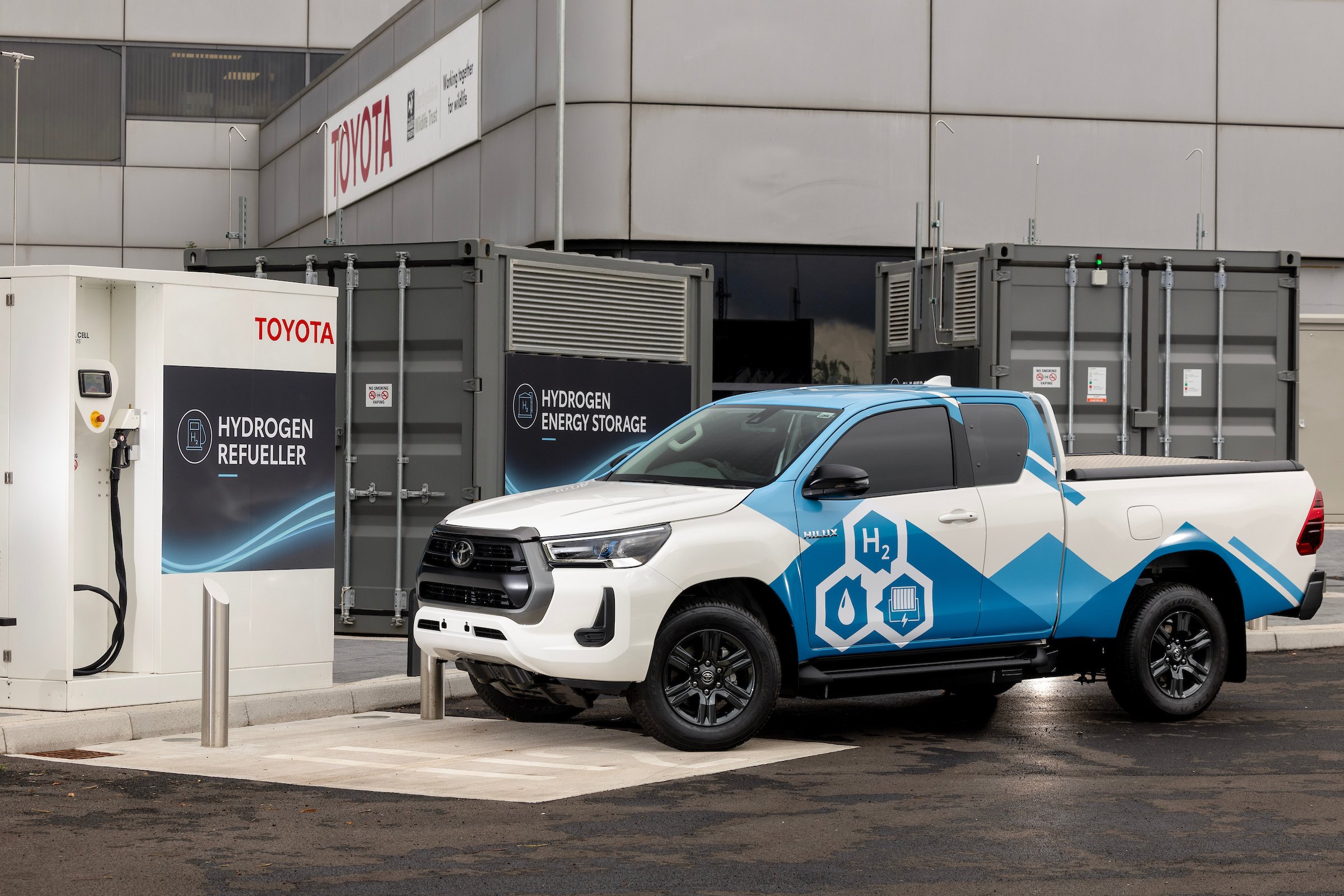
Ten fuel cell Hilux prototypes were built at TMUK’s Burnaston facility in Derbyshire. Five vehicles have undergone rigorous field testing to assess safety, performance, functionality and durability, generating test drive data in real-world situations.
A further five vehicles were engaged in customer and media demonstrations, including at the Olympic and Paralympic Games Paris in 2024.
The fuel cell Hilux has an expected driving range of up to 373 miles – further than might be achieved using a battery electric system. A higher payload and towing capability can also be achieved, compared to other zero emission alternatives.
Jon Hunt, senior manager hydrogen transformation division at Toyota GB, told Fleet News: “Unsurprisingly, we identified a range of users that said this is exactly what we want.”
They included fleets from the emergency services and utility companies, who he said require a drivetrain “to meet particular business operation requirements”.
However, he said, while Toyota is hoping to introduce a commercially available hydrogen Hilux, he stressed “it's not confirmed yet”.
Joining Guldner and Wong on stage at the BMW hydrogen summit, Hunt told delegates: “When it comes down to vehicles, our role is to provide customers with choice. They can make decisions that best suit themselves.
“What we can't have is people dismissing technologies which are there to enable us all. So, I would request that people respect the fact that bringing these technologies to market is for the benefit of all, and our job as an automotive manufacturer is to be able to make them accessible and usable for our customers.”
Login to continue reading.
This article is premium content. To view, please register for free or sign in to read it.

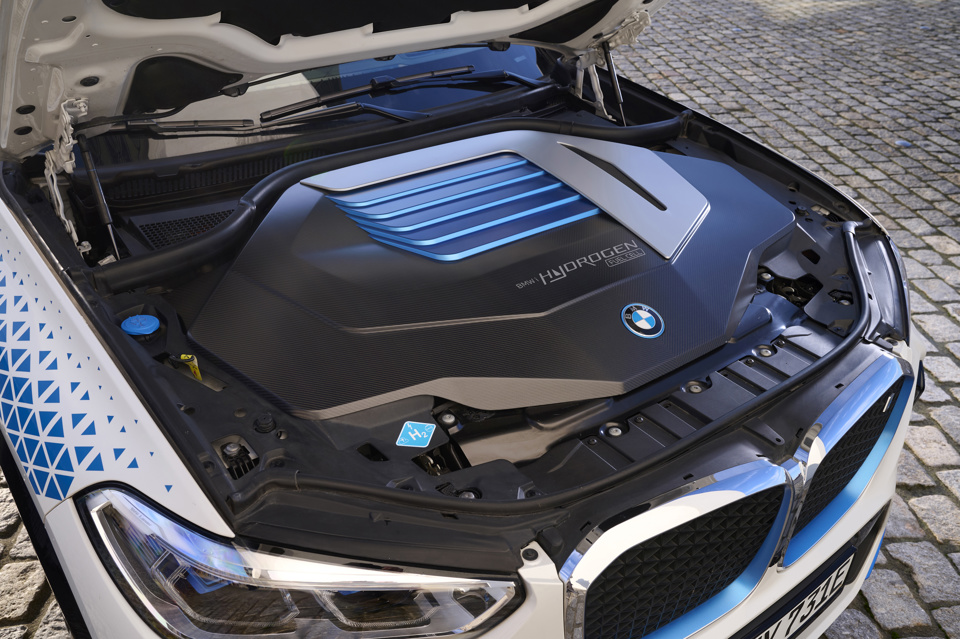




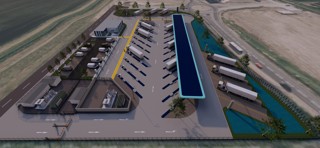
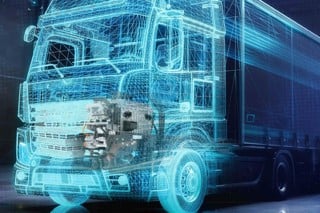

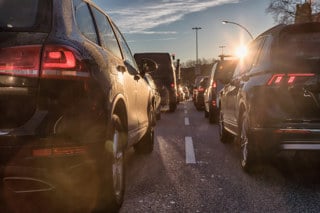
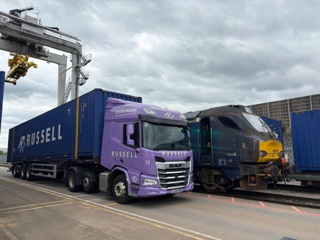








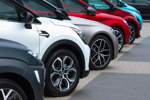

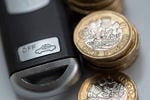



Douglas - 13/06/2025 12:36
This is a nonsense - the energy required to produce hydrogen comes at a greater carbon cost than using that energy to power BEV or ICE cars. It simply isn't feasible that hydrogen will fuel mass transportation for this reason. Even if you come up with purely renewable energy at a scale and cost that makes the hydrogen production viable, there is still the fundamental fact that the renewable energy is better and nmore efficiently directed into the battery of a BEV. And, this ignores the massive challenges to introducing a hydrogen distribution and storage infrastructure at the scale required - all of which carry their own energy/carbon cost that is not present with existing infrastructure for fuel and electricity distribution. Hydrogen is being sold to industry and the public as some sort of magical panacea - as ever, the tricky part of making a perpetual motion machine is hiding the power source